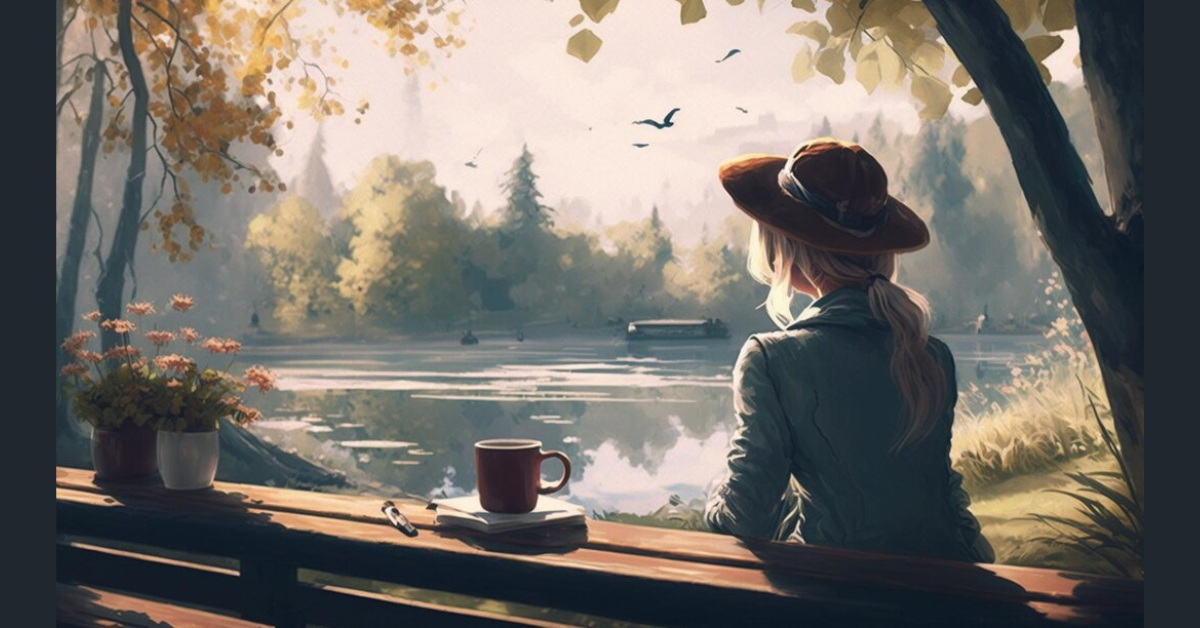Landscape painting has long been a revered genre in the art world, capturing the beauty and essence of nature through the eyes of countless artists. From the rolling hills and serene pastures to the bustling harbors and mystical forests, these paintings offer a glimpse into the natural world and the artist’s soul. One of the most beloved sub-genres within landscape painting is mountain artworks. These paintings, which depict majestic peaks and rugged terrain, have captivated audiences for centuries. Iconic examples include Albert Bierstadt’s “Among the Sierra Nevada Mountains,” which showcases the grandeur of the American West with its dramatic use of light and shadow, and Caspar David Friedrich’s “Wanderer above the Sea of Fog,” where a lone figure stands amidst a sea of clouds, evoking a sense of sublime isolation and introspection. These mountain artworks not only highlight the awe-inspiring beauty of the natural world but also the technical prowess of the artists who created them. The precise details and atmospheric effects in these pieces transport viewers to the high altitudes and tranquil spaces depicted, making mountain artworks a favorite among collectors and art enthusiasts alike.
Moving beyond the mountains, we find a plethora of other captivating landscapes that have left an indelible mark on the history of art. The pastoral scenes of English artist John Constable, such as “The Hay Wain,” depict the idyllic countryside with an emphasis on naturalism and light. Constable’s meticulous attention to the changing weather and the transient effects of light on the landscape set a new standard for realism in landscape art. Similarly, the works of Claude Lorrain, a French Baroque painter, often feature classical ruins set in idealized, harmonious landscapes, blending the natural world with historical narratives. His painting “A Pastoral Landscape” is a quintessential example, balancing the serene beauty of nature with human activity.
The Impressionist movement brought a fresh perspective to landscape painting, with artists like Claude Monet and Pierre-Auguste Renoir capturing the ephemeral qualities of light and color. Monet’s “Impression, Sunrise,” which gave the movement its name, depicts the port of Le Havre at dawn, with loose brushstrokes and a focus on the play of light on water. Renoir’s “The Seine at Asnières” similarly explores the vibrant interplay of color and light, presenting a lively riverside scene with shimmering reflections.
In contrast, the rugged, untamed landscapes of the American West were immortalized by artists such as Thomas Moran and Frederic Edwin Church. Moran’s “Grand Canyon of the Yellowstone” and Church’s “The Heart of the Andes” exemplify the grandeur and vastness of the American wilderness. These paintings not only captured the majesty of these landscapes but also played a crucial role in inspiring the conservation movement and the establishment of national parks.
Japanese ukiyo-e artist Katsushika Hokusai offered a different cultural perspective with his iconic series “Thirty-Six Views of Mount Fuji,” which includes the famous “The Great Wave off Kanagawa.” These woodblock prints emphasize the spiritual and symbolic significance of Mount Fuji, blending natural beauty with cultural meaning. Hokusai’s works are characterized by their bold compositions, vivid colors, and intricate details, which have influenced artists worldwide.
In more modern times, the abstract landscapes of Georgia O’Keeffe brought a unique and personal vision to the genre. Her paintings of the American Southwest, such as “Black Mesa Landscape, New Mexico / Out Back of Marie’s II,” are characterized by their simplified forms, vibrant colors, and evocative sense of place. O’Keeffe’s work transcends mere representation, capturing the essence and spirit of the landscapes she loved.
The diversity of landscape painting extends to seascapes as well, with artists like J.M.W. Turner pushing the boundaries of the genre. Turner’s “The Fighting Temeraire” is a masterful depiction of a ship being towed to its final berth, with the setting sun casting a dramatic glow over the scene. His innovative use of color and light created a sense of movement and emotion that was revolutionary at the time.
As we explore the rich history of landscape painting, it becomes clear that this genre offers a unique window into the world around us and the creative minds of artists throughout history. From the serene mountain artworks to the vibrant seascapes and pastoral scenes, each painting invites us to see the world through the artist’s eyes, offering a timeless and universal connection to nature.







